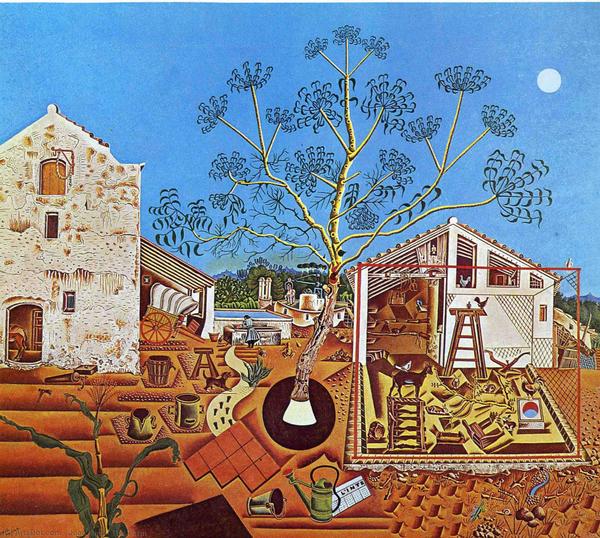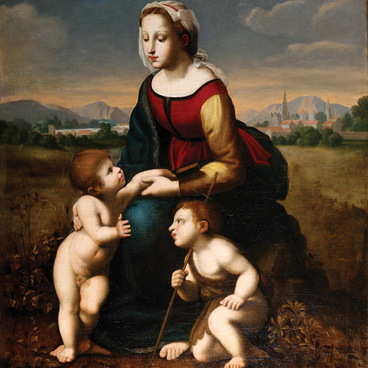Joan Miro was a 20th century Catalan abstract artist, engraver, ceramist and sculptor. He pioneered poetic surrealism creating an emotional and unconventional artistic language, the main idea of which was freedom of self-expression.
1 / 2
Composition
Время создания
1977
Размер
31,9x49,3 cm
Техника
paper, colour lithograph
Коллекция
2
Открыть в приложении#3
Joan Miro
Composition
#2
#6
Miro’s first known paintings are representative of Fauvism – the artist abandoned complex shapes, linear perspective and chiaroscuros in favor of pure bright colours, dynamic lines and emotional scenes. At his first solo show in Barcelona, Miro presented 64 paintings, watercolors and pastels, of which only one painting — “Still Life with Coffee Mill” — was sold.
#7
Joan Miro. The Farm. 1921–1922, oil. img via: flickr.com
After the exhibition, Fauvism in the Catalan’s paintings was replaced by poetic realism that followed the traditions of Northern Renaissance artists featuring an abundance of fine, lovingly worked out details. One of such paintings is ‘The Farm’, the artist’s briefly summarized life in the country. It was bought by Hemingway for his collection.
#9
Around the same time, Miro discovered primitivism. The style deliberately simplifying the picture of the world, primitive and intrinsically valuable, like a child’s artwork, fascinated the artist. Miro saw sprouts of primitivism everywhere — in ancient Catalan and modern art, everyday life, nature, his country’s cultural code. From then onwards, all Miro’s works contained primitive motifs and details.
#11
In 1922, under Picasso’s influence, Miro moved to the French capital. According to the artist, the time he spent there freed him not only from cubism, but also from traditional genres, such as realistic still lifes, portraits and landscapes. In Montparnasse, he met surrealists led by poet Andre Breton and joined their group. Multiple allusions and paradoxical combinations of shapes, colours and details interlaced with the artist’s unconscious childhood experiences and his conscious choice to move away from conventional shapes. Thus was born Miro’s poetic surrealism, “the most surreal of all” according to Breton.
At one of the exhibitions, the artist said that his dream was to “kill painting” and “stop being Miro” in order to do away with traditions, his own ego and free himself from artistic language. His colour lithograph entitled “Composition” (1977) represents such an attempt. It is very different from the “Composition” painted by him in 1927, which is more concise, surreal and simple. The later “Composition” is about pure emotionalism of thoughts and feelings, energy transformed into colour. It is made the way a child or an early man, who is not burdened with the load of meanings and historical memory, could have painted it.
At one of the exhibitions, the artist said that his dream was to “kill painting” and “stop being Miro” in order to do away with traditions, his own ego and free himself from artistic language. His colour lithograph entitled “Composition” (1977) represents such an attempt. It is very different from the “Composition” painted by him in 1927, which is more concise, surreal and simple. The later “Composition” is about pure emotionalism of thoughts and feelings, energy transformed into colour. It is made the way a child or an early man, who is not burdened with the load of meanings and historical memory, could have painted it.
#12
Irbit State Museum of Fine Arts (SMFA)
читать дальшескрыть
00:00
00:00
1x
Composition
Время создания
1977
Размер
31,9x49,3 cm
Техника
paper, colour lithograph
Коллекция
2
Открыть в приложении
Поделиться



